2024 Cadillac Lyriq Review: A Proper Cadillac That Knows Where It Stands
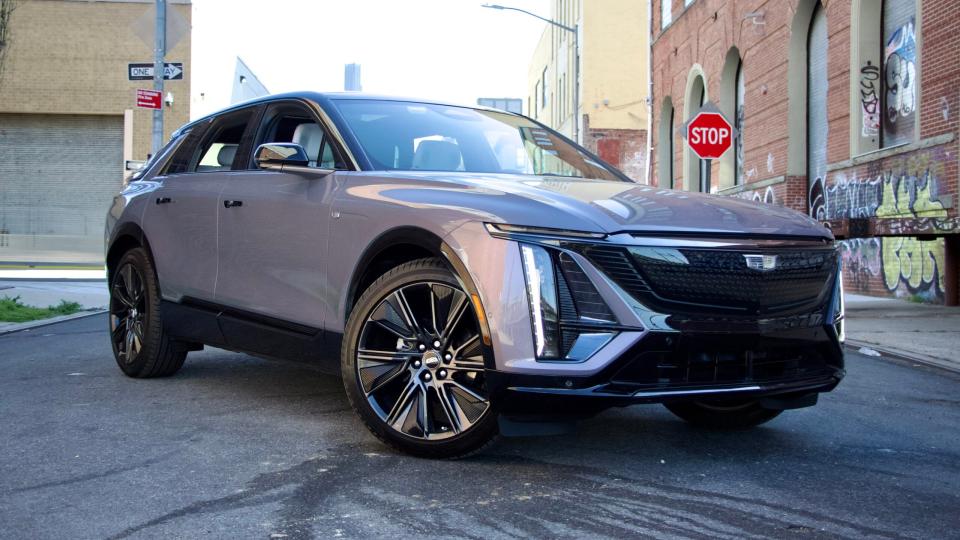
Cadillac is figuring out who it wants to be these days. Once the pinnacle of American luxury, today it finds itself torn between edgy Blackwing sedans and an Escalade that seems to exist more for fleet drivers than the rap moguls it once attracted. Sandwiched in between are a trio of uninspiring crossovers that I forgot existed, mostly because I haven’t visited an airport Hertz in a while. Luckily, the 2024 Cadillac Lyriq crossover (and upcoming Celestiq flagship sedan) are a giant, lavender reset button for all of that.
As Cadillac’s first EV, the Lyriq has a lot resting on its shoulders. In typical GM fashion, it couldn’t have come at a worse time, arriving on lots just as sky-high interest rates and tumbling demand send automakers scrambling to rewrite and delay their electric transitions. But here’s the thing—silly name aside, the Lyriq is good. Like, really good, put-Cadillac-back-on-the-map good. It’s a desirable vehicle that trades on luxury and substance, not gimmicks or acceleration stats.
Though it isn’t perfect—and the Ultium platform’s longevity is still unproven—the Lyriq is one of the most interesting luxury EVs on sale today.
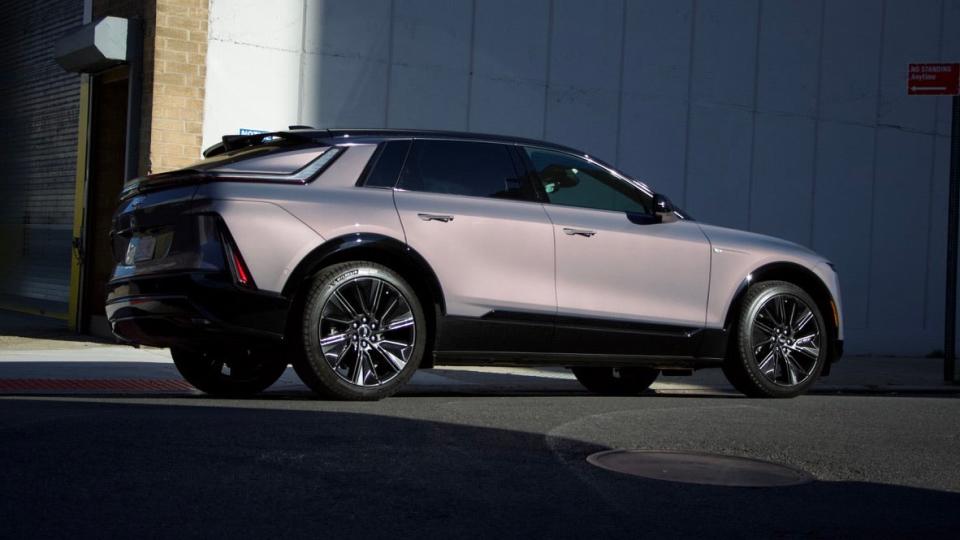
The Basics
New for 2024, the Cadillac Lyriq is a two-row, midsize electric crossover based on GM’s modular Ultium EV platform and battery architecture. It comes standard with a 102-kWh battery pack good for over 300 miles of range and a maximum charge speed of 190 kW. A single-motor rear-wheel-drive variant produces 340 horsepower and 325 lb-ft while the dual-motor all-wheel-drive version I drove is good for 500 hp and 450 lb-ft, gaining a 3,500-pound tow rating, too. Keeping in mind this thing weighs nearly three tons with a driver, those range figures aren’t bad.
Unlike most crossovers, the Lyriq doesn’t look tall or ungainly. Its 16-and-a-half foot form flows from crease to crease, meeting a long tail and sloping roofline. The result is a machine that’s just three inches longer in overall length and five and a half inches shorter in height than a BMW X5 but carries a sleeker, more elegant shape.

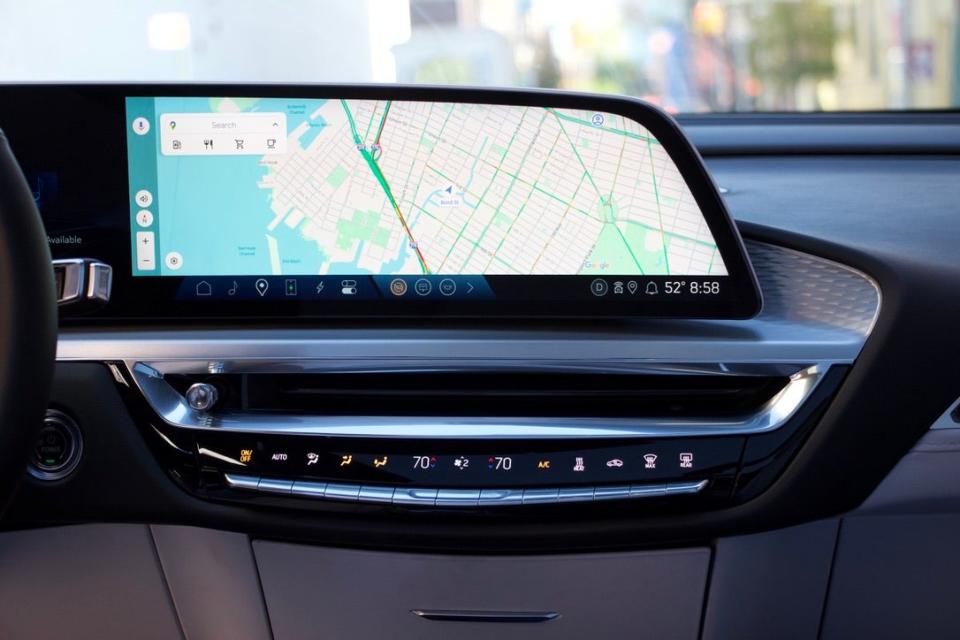
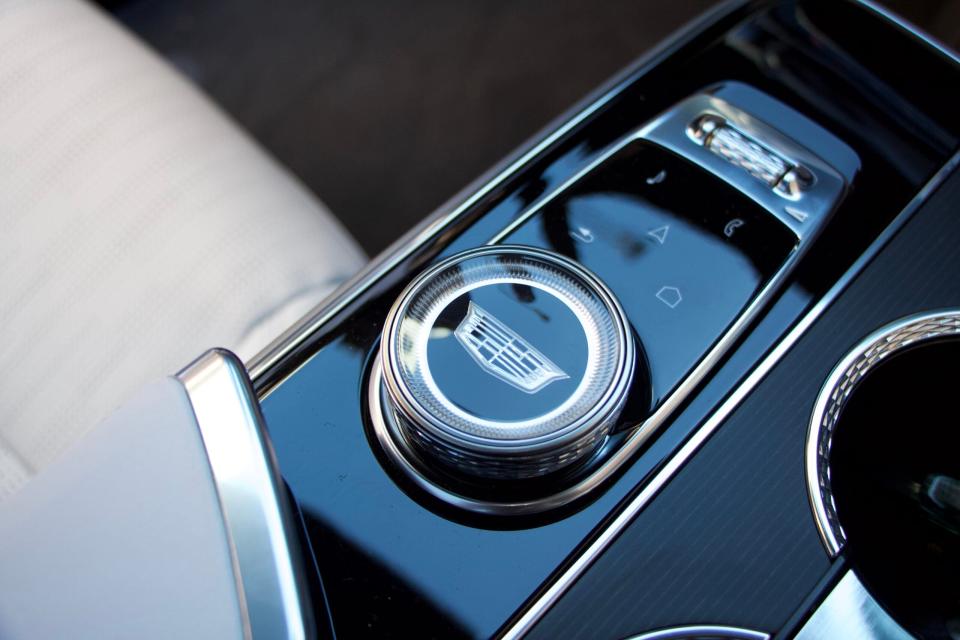
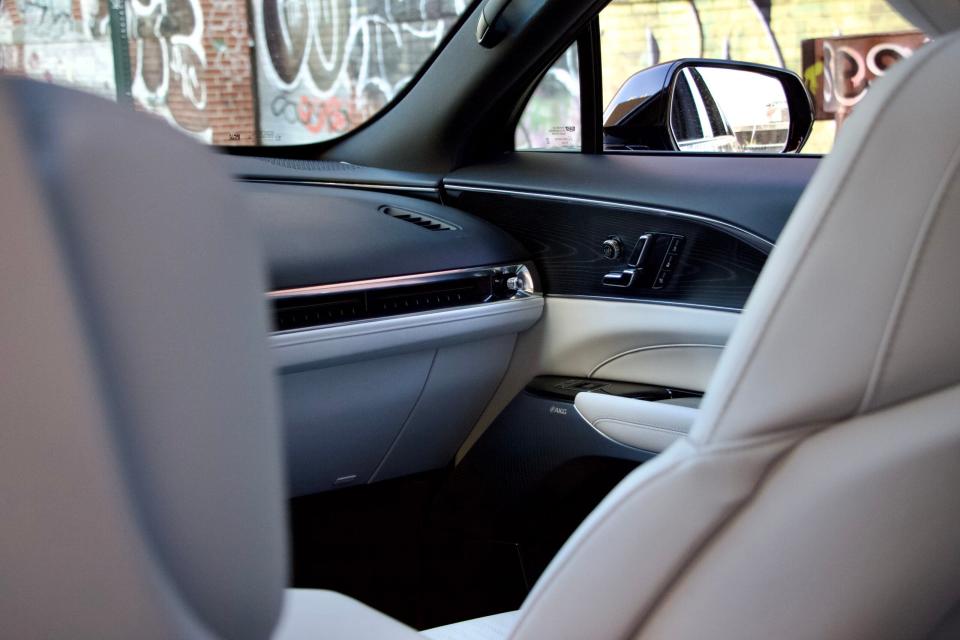
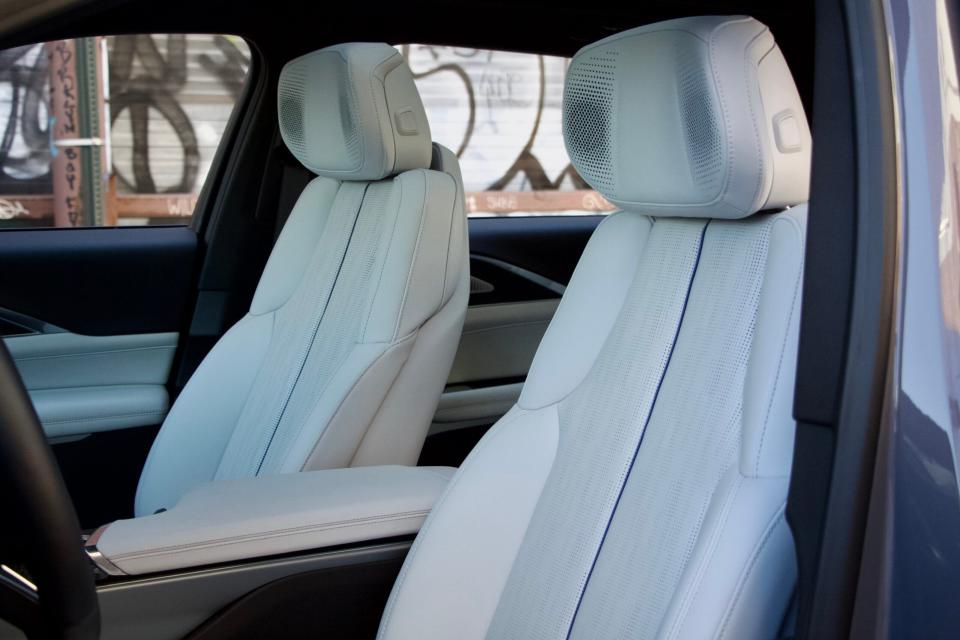
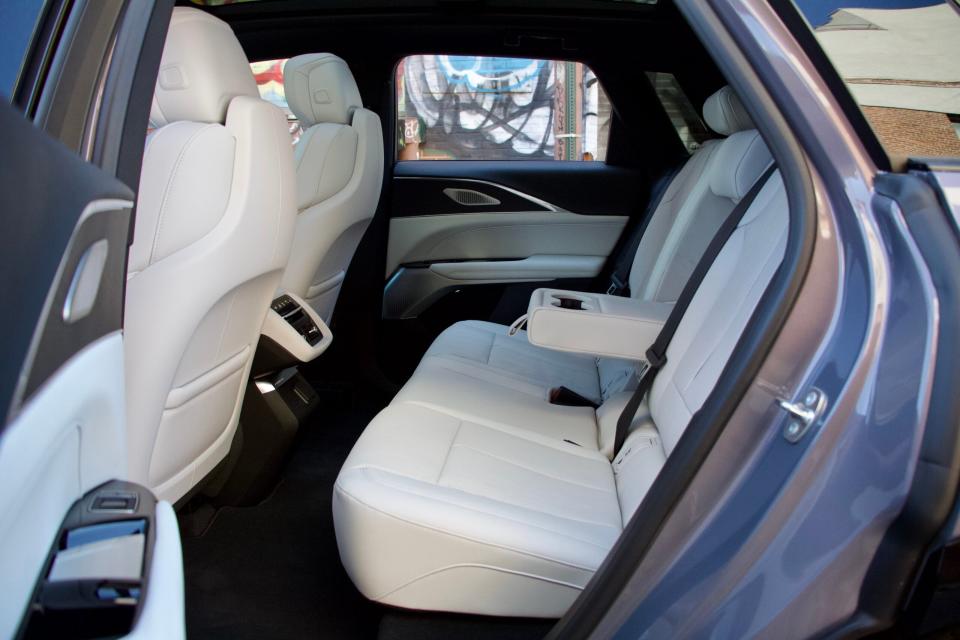
The centerpiece of the Lyriq’s interior is a 33-inch display that houses all of its infotainment functions but mercifully not its climate control. Also present on the steering wheel are hard audio controls along with touch-capacitative ones (can’t win ‘em all) for GM’s Super Cruise hands-free highway driving aid. Don’t hop in and stroke the side of the seat for a little too long looking for adjustment controls like I did—they’re on the door, Mercedes-style.
Driving the Cadillac Lyriq
Laid-back cruising is the Cadillac Lyriq’s forte. It’s not that it can’t go fast—500 hp is more than enough even in a vehicle of this size and weight—but I found myself so relaxed while driving that I didn’t really want to. Unlike a BMW XM or Audi RS Q8, this isn’t a three-ton tank cosplaying a sports car. It’s a luxury machine, and from the extremely comfortable seats to the excellent sound system and near-total lack of road noise, it feels it.
That isn’t to say the Lyriq drives poorly when hustled around. Its body motions are controlled, its ride is supple even on optional 22-inch wheels, and acceleration is brisk if you lay into it. The way it goes about its business is much more “grand touring” than “sport,” as evidenced by its light and relatively slow steering—and that’s a good thing. It takes gumption to pick your lane and stay in it.
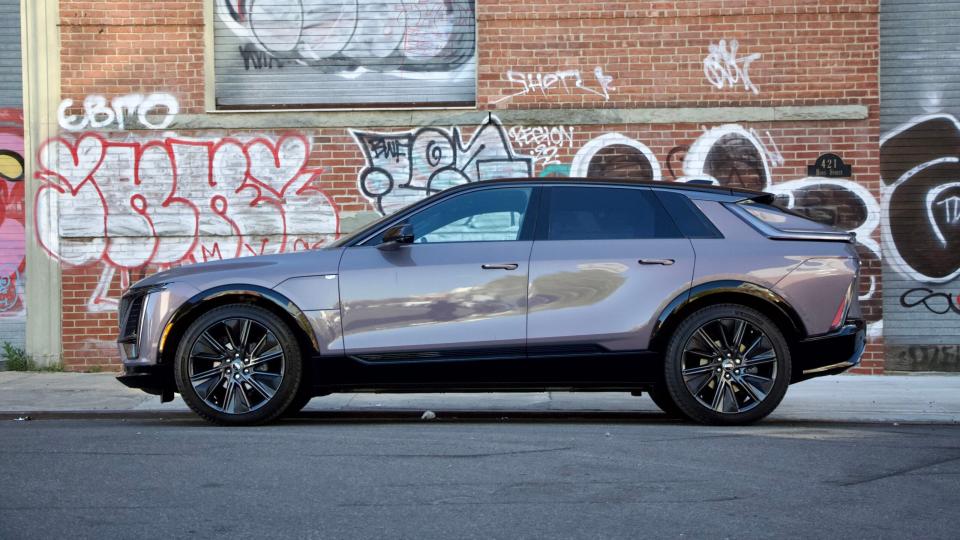
This was my first experience with GM’s Super Cruise, a hands-free Level 2 semi-autonomous highway driving aid. Want to know if a GM car has it? Look for a black strip at the top of the steering wheel that illuminates when the system is active. I’ve sampled Ford’s competing BlueCruise system, albeit briefly, and found Super Cruise more assertive and confidence-inspiring. You set the speed and engage the system, and it’ll do pretty much everything else: finding space to pass, overtaking, and moving back over. If every driver had Super Cruise, U.S. highways would be much more orderly places.
My sole gripe with the system is that you have to use GM’s onboard Google Maps app for the car to know where you’re going—if you use CarPlay navigation like I did, Super Cruise won’t know which exit you’re taking and will continue to change lanes and pass slower traffic even when you might not want to.
The Highs and Lows
This may be controversial, but I think the Lyriq is one of the best-looking cars on sale today, and the public seems to agree. No joke, more people complimented this car than the Maserati Gran Turismo I happened to drive the week before, and they ran the gamut from young to middle-aged, neighborhood kids to office suits. The gorgeous Celestial Metallic paint deserves some of the credit, but I like how the creases meet at the grille like a collar and bowtie.
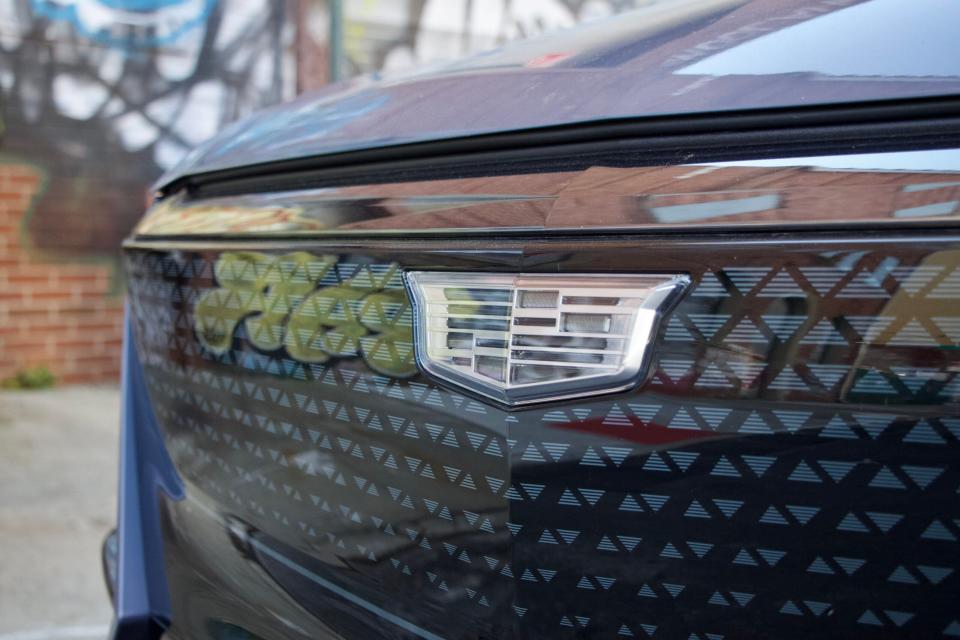
The Lyriq’s interior just might outdo its exterior, with high-quality touchpoints and supportive seats. There’s not an inch of fake carbon fiber here, just leather, layered wood, and metal. Its interfaces work intuitively, with enough hard keys for everyday functions. I also liked its parking sensors and cross-traffic alerts, which vibrate specific areas of the seat to indicate the position of moving cars, bikes, and pedestrians. It’s bizarre the first time it happens but quickly becomes normal.
It’s not all roses—the Lyriq’s sloping roofline compromises outward visibility (though there is a digital rear-view mirror). Parallel parking is a chore thanks to its length, slow steering, and poor sightlines. Once in a spot, the Lyriq’s lack of forward creep and lazy accelerator pedal made small adjustments difficult. Also, CarPlay (get it before it’s gone!) only uses about half the available screen real estate, a frustrating casualty of GM and Apple’s ongoing turf war.
Finally—and this is petty—this thing should not have “Sport” in its name, even as the top trim level. The engineers doing the chassis and powertrain tuning clearly got the memo, but someone in marketing didn’t. Call it “Platinum” or something.
Cadillac Lyriq Features, Options, and Competition
The 2024 Lyriq starts at $58,590 including destination. That gets you a rear-wheel-drive Tech trim with the 33-inch display but no Super Cruise. Stepping up to the Luxury trim for $62,690 gets you Super Cruise, 19.2-kW AC charging (more on that later), and a panoramic moonroof. All-wheel drive is a standalone $3,500 upgrade. My loaded Sport 3 AWD wore a sticker of $78,895, which included $625 for the Celestial Metallic paint and $600 for a black roof.
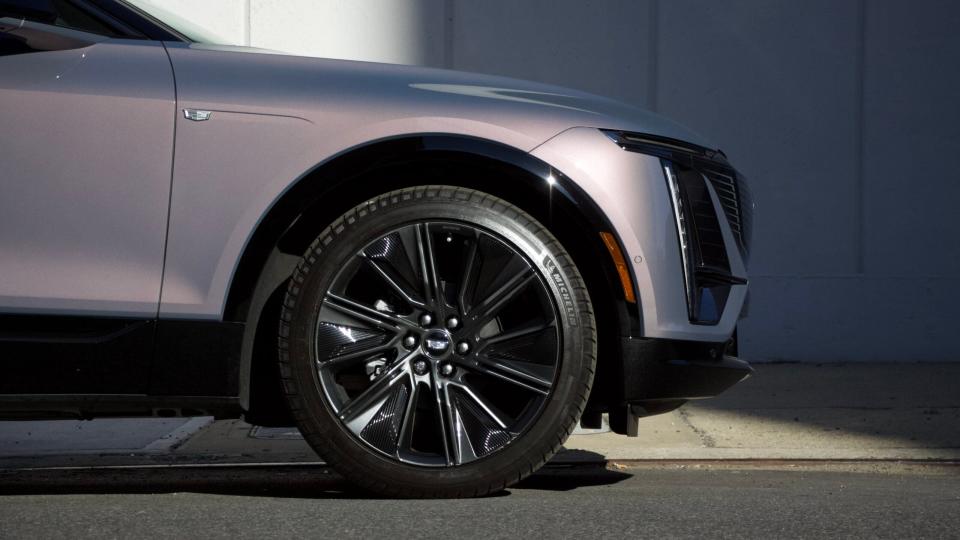
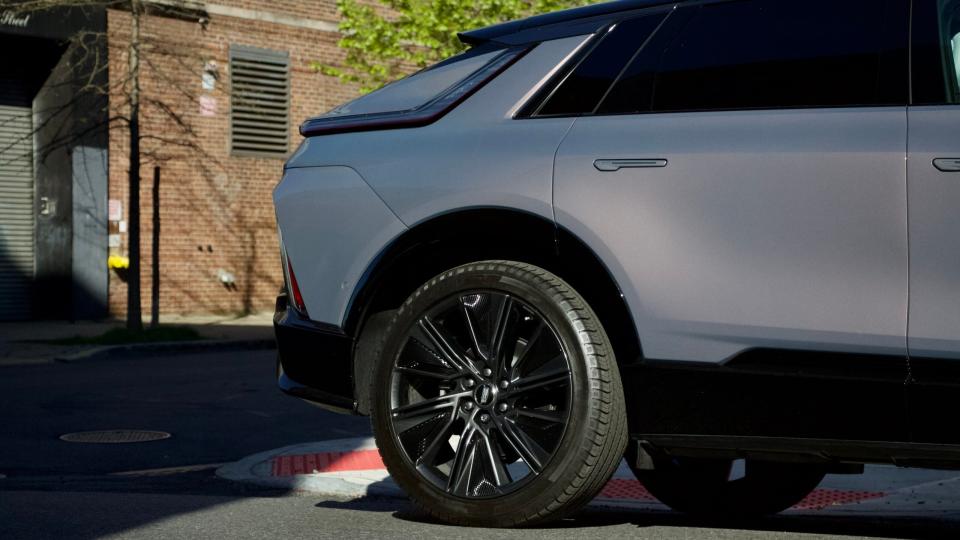
That sounds expensive until you consider the Lyriq’s competitive set. BMW’s iX starts at $87,250 with similar power and range, as do Mercedes’ EQE SUV at $74,900 and Audi’s Q8 E-Tron at $75,595. The Lexus RZ and Genesis GV70 Electrified, though priced similarly to lower-spec Lyriqs, lack the size and range to truly compete. There’s also the Ultium-based Acura ZDX cousin, which errs more sporty than luxury in $74,850 Type S guise. Audi’s coupe-ified Q6 E-Tron should also be a close match, but it won’t be here until next year.
Right now, GM is offering Lyriq and Blazer buyers a $7,500 discount, which it calls “Ultium Promise Bonus Cash,” in case they don’t qualify for the full federal tax credit. The promo can’t be applied to leases, which are all eligible for the federal credit. Of course, many automakers and dealers are offering incentives to move slow-selling EVs, too, so shop around.
Range, Charging, and Efficiency
The all-wheel-drive Lyriq has an EPA-estimated range of 307 miles, while rear-drive cars are rated for up to 314 miles between charges. All models can DC fast charge at up to 190 kW. Standard models max out at 11.5 kW for Level 2 AC charging, with an available upgrade to 19.2 kW, which GM claims is good for up to 51 miles of range in an hour when paired with the appropriate charger.

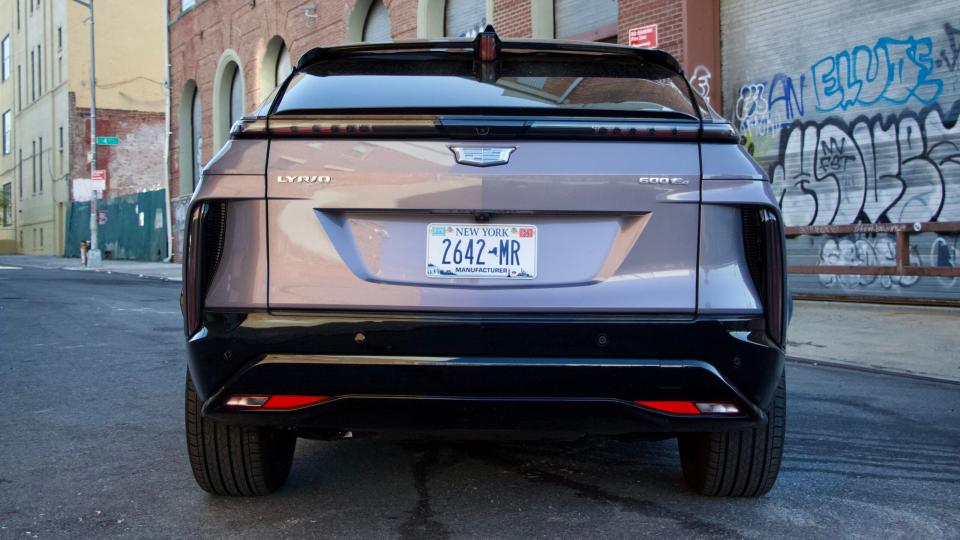
Due to poor planning and a busy weekend of Jewish holidays, most of my trips were local and I didn’t get to verify those charge speeds. In over 100 miles of driving, I used just 30% of the Lyriq’s available juice, which checks out with its 307-mile range claim. If I’ve learned one thing from road-tripping EVs up and down the East Coast, it’s that charge speeds vary wildly based on available equipment, the number of other cars at a charging station, and the reliability of the network itself. The car’s technical capabilities are just one—albeit an important—factor in the equation.
Value and Verdict
The 2024 Cadillac Lyriq offers all the range, style, and luxury features you’d expect for nearly 80 large. It looks expensive, it feels expensive, and well, it is expensive. But I liked it because rather than hiding behind racy seats and sporty monikers, it embraces comfort and gains a bit of character in the process.
While the jury’s still out on the Ultium platform’s prospects, the Lyriq makes the most compelling case for itself of any GM-based EV yet. If this is the way Cadillac is headed, I’m listening.
2024 Cadillac Lyriq Specs | |
|---|---|
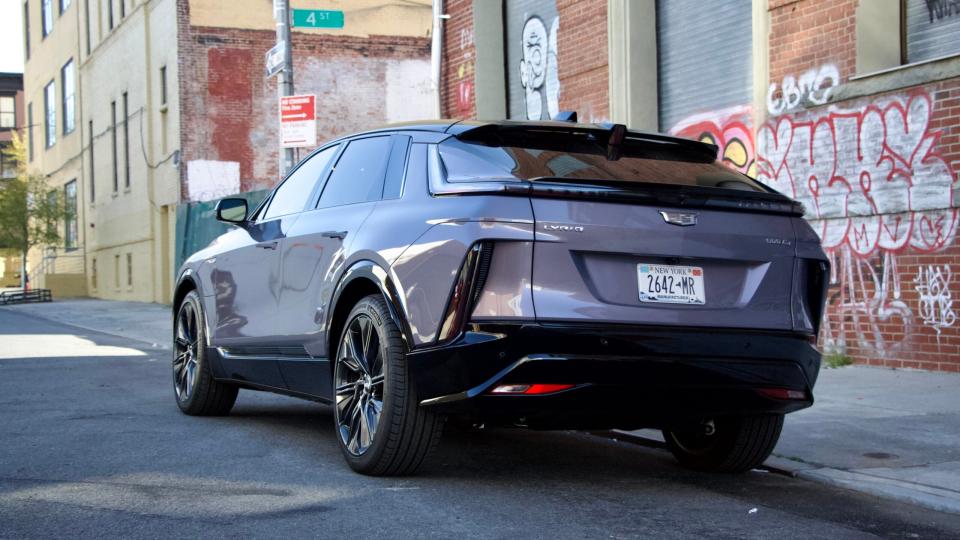
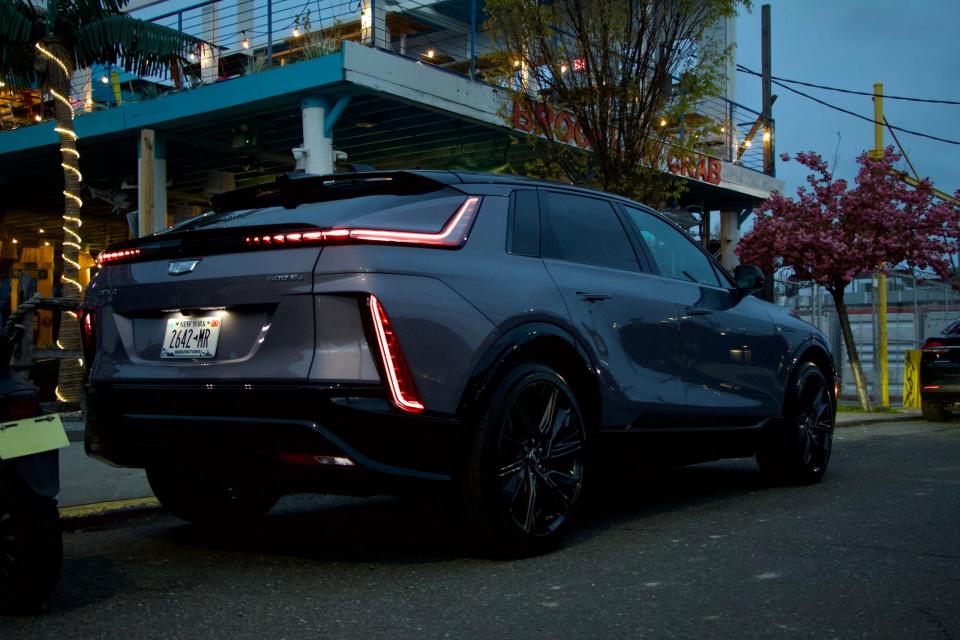
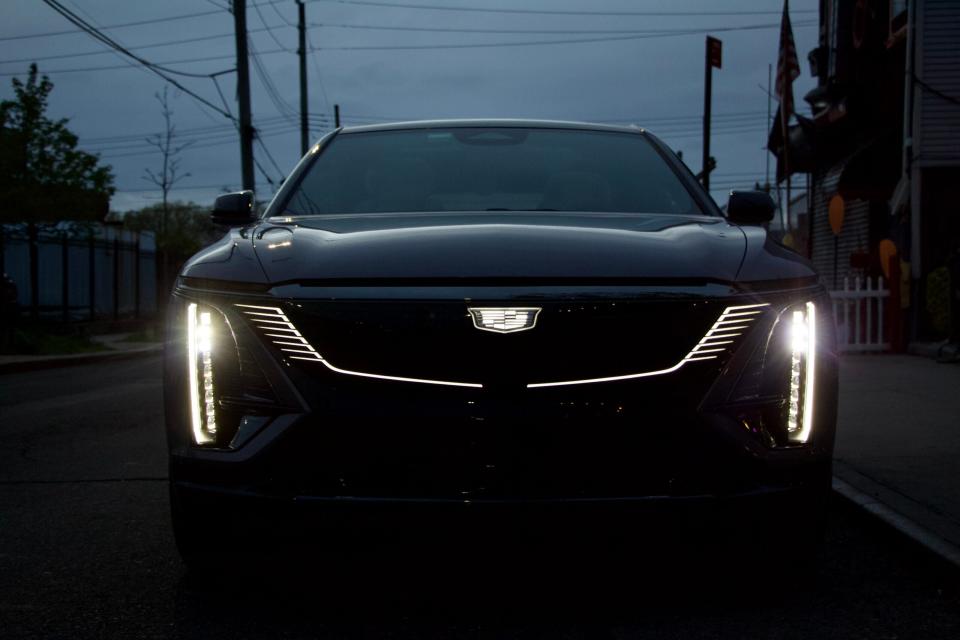

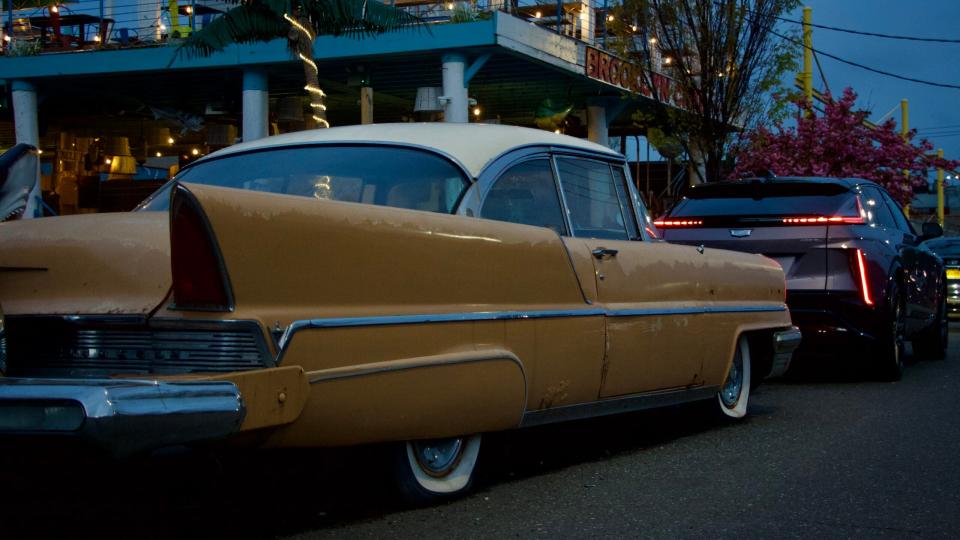

 Yahoo Autos
Yahoo Autos 